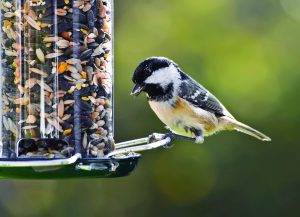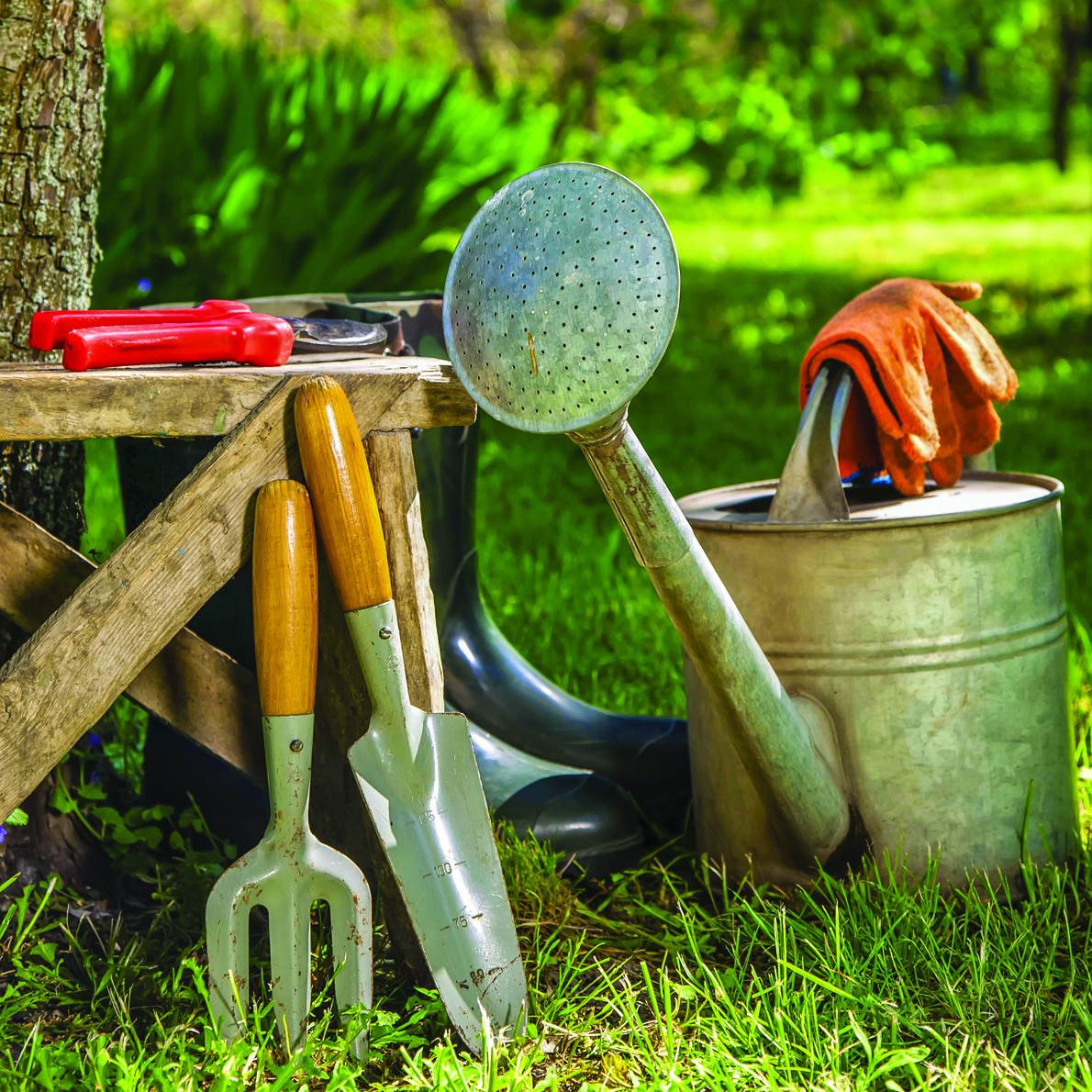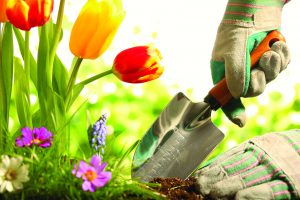Bird watching is a pastime enjoyed by people of all ages. While many people trek into the woods to see their favorite birds, homeowners can take steps to entice these fascinating and feathered friends right to their backyards.
 Homeowners who want to attract birds to their properties can do so by providing the birds food, shelter and places to wash up or cool off. Installing a bird feeder and a bird bath in your yard is one way to attract a bevy of winged creatures that can provide hours of enjoyment.
Homeowners who want to attract birds to their properties can do so by providing the birds food, shelter and places to wash up or cool off. Installing a bird feeder and a bird bath in your yard is one way to attract a bevy of winged creatures that can provide hours of enjoyment.
Establishing a bird-friendly environment may seem as simple as hanging a feeder on a pole or tree and erecting a bird bath nearby. But a certain level of maintenance is needed to keep birds healthy and happy.
According to the experts at the Bird Watcher’s Digest, recent research indicates feeders can sometimes be a source of disease for the birds visiting them. The Audubon Society echoes that warning, saying that bird feeders and baths can serve as transmission stations for diseases such as aspergillosis, avian pox and salmonellosis. Recently, scientists noted that the spread of trichomonad protozoan parasites is on the rise, especially among mourning dove and band-tailed pigeon populations.
Such warnings are not meant to deter budding birding hobbyists. Organizations like the Audobon Society hope that such warnings send the message that disinfection and maintenance is necessary to maintain sanitary environments for birds. Doing so is relatively easy and well worth the time for birding enthusiasts.
 · The Humane Society of the United States advises cleaning hanging feeders once every two weeks or more often if they’re heavily used. Ground-feeding designs should be cleaned every two days. Feeders can be immersed in a very-diluted solution of bleach to water (nine parts water to one part bleach). Let soak for a few minutes, and then scrub the feeder with a stiff brush or scouring pad before rinsing. Allow the feeder to dry completely before refilling it with seed.
· The Humane Society of the United States advises cleaning hanging feeders once every two weeks or more often if they’re heavily used. Ground-feeding designs should be cleaned every two days. Feeders can be immersed in a very-diluted solution of bleach to water (nine parts water to one part bleach). Let soak for a few minutes, and then scrub the feeder with a stiff brush or scouring pad before rinsing. Allow the feeder to dry completely before refilling it with seed.
· Bird baths should be emptied of water each day. Brush or wipe the bath clean, then rinse and refill with fresh water. Do not leave standing water overnight; otherwise bird baths can easily become a breeding ground for mosquitoes and other parasites.
· Frequently collect discarded seed hulls and clean bird droppings from beneath feeders. If the area around the feeder has become especially soiled, relocate the feeder elsewhere and clean its initial location.
· Follow proper instructions with regard to seed and other bird food. For example, reduce the amount of suet offered in hot weather. Heat can cause suet to spoil, and sticky suet can become stuck in birds’ feathers and make it hard for them to keep clean.
· Try to provide more than one feeder and bird bath to prevent overcrowding. Crowding can contribute to the spread of disease.
· Do not situate feeders and bird baths under perches where they can be soiled by droppings.
· If you notice birds look sick or are not acting strangely, halt feeding and bathing to prevent healthy birds from becoming ill. Wait a week before resuming feeding and notify wildlife officials if you find dead or sick birds around your property.
· Locate feeders and baths at least 30 feet away from windows so birds do not get confused by reflections and collide with the glass.
· Store seed in a dry container with a tight-fitting lid to prevent mold from forming and moisture from getting in.
Creating a thriving habitat for bird watching is easier than one might think. But once birds begin visiting a yard, homeowners must diligently maintain clean feeders and bird baths to ensure the birds stay as healthy as possible. Any questions about wild-bird care can be directed to a local Audubon Society chapter or by visiting a pet store or bird hobby center. GT154046






